Digital TV antennas provide an excellent way to access free-to-air channels with crystal-clear quality.
However, many homeowners face challenges during and after installation. Whether you’re tackling the
installation yourself or seeking help from professional TV antenna installers, understanding the common
issues and their solutions can save you time and frustration. Here, we’ll explore some prevalent problems
and how to address them effectively.
Poor Signal Reception
One of the most common issues during TV antenna installation is poor signal reception. This can
manifest as pixelation, freezing images, or no signal at all.
Solutions:
● Antenna Positioning: Ensure your antenna is positioned as high as possible and pointed towards
the nearest broadcast tower. You can use online tools or apps to find the direction of your local
transmitters.
● Interference: Electronic devices, tall buildings, and even weather conditions can interfere with
signal reception. Try relocating the antenna to a different spot, preferably away from large metal
objects and other electronics.
● Amplifiers: If you’re far from the broadcast tower, using an amplifier can boost signal strength.
However, too strong a signal can also cause issues, so ensure the amplifier is not overpowering
the signal.
Incorrect Antenna Type
Not all antennas are created equal. The type of antenna you choose plays a significant role in the quality
of your reception.
Solutions:
● UHF vs. VHF: Determine if your local stations broadcast on UHF or VHF frequencies. Some
antennas are designed to receive both, but others might specialize in one. Ensure you have the
correct type for your area.
● Directional vs. Omnidirectional: Directional antennas need to be pointed towards the broadcast
source, while omnidirectional antennas can pick up signals from multiple directions. Choose
based on your proximity to and the number of broadcast towers.
Faulty Connections
Loose or faulty connections can disrupt signal transmission, resulting in poor or no reception.
Solutions:
● Cabling: Ensure that all coaxial cables are securely connected and in good condition. Damaged or
old cables can significantly affect signal quality.
● Connectors: Check that the connectors are properly attached and free of corrosion. Replace any
that appear worn or damaged.
● Splitters: If you’re using a splitter to connect multiple TVs, make sure it’s of good quality and
properly installed. A poor-quality splitter can degrade signal strength.
Inadequate Mounting
Improperly mounted antennas can lead to unstable signal reception, especially in areas with high wind or
other environmental factors.
Solutions:
● Stable Mounting: Ensure the antenna is securely mounted using appropriate brackets and poles. It
should be stable enough to withstand environmental factors without shifting.
● Clear Line of Sight: Aim to place the antenna where it has the clearest line of sight to the
broadcast towers, minimizing obstructions like trees and buildings.
Location-Specific Issues
Certain locations, such as urban environments or areas with lots of foliage, can present unique challenges
for antenna installation.
Solutions:
● Urban Areas: In cities, buildings can block signals. Elevate your antenna above the average
building height or position it near a window facing the broadcast tower.
● Rural Areas: In the countryside, the distance from broadcast towers can be an issue. A high-gain
directional antenna may be necessary to capture signals from far away.
● Seasonal Changes: Trees and foliage can affect reception, particularly during different seasons.
Adjust the antenna position as needed to account for changing foliage.
Professional Help
While DIY installation can be rewarding, sometimes the expertise of professional TV antenna installers
is necessary, especially for complex setups or persistent issues.
Benefits of Professional Installation:
● Expertise: Professionals have the knowledge to diagnose and fix problems quickly. They can
choose the best type of antenna, optimal placement, and proper mounting techniques.
● Tools: They have access to specialized equipment for signal testing and antenna alignment,
ensuring a more precise installation.
● Guarantee: Many professional services offer warranties on their work, providing peace of mind
and ensuring long-term performance.
Choosing the Right Installer in Melbourne
If you’re in Melbourne, selecting a qualified and experienced antenna installation service is crucial. Here
are some tips for choosing the best TV antenna installers:
● Reputation: Look for installers with positive reviews and a good track record in the Melbourne
area.
● Experience: Choose professionals who have extensive experience with the specific challenges of
antenna installation Melbourne’s diverse environments.
● Customer Service: Ensure they offer excellent customer service, including after-installation
support and warranties.
Successfully troubleshooting digital TV antenna installation issues often involves a mix of proper
equipment, correct positioning, and sometimes, professional help. By understanding the common
problems and their solutions, you can enjoy a seamless viewing experience.
Remember, if the DIY approach proves challenging, experienced TV antenna installers Melbourne are
ready to assist, ensuring you get the best possible reception for your digital TV.



